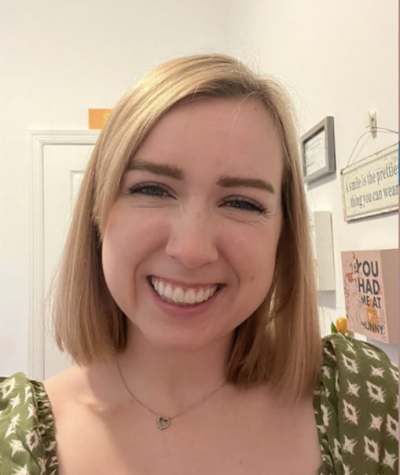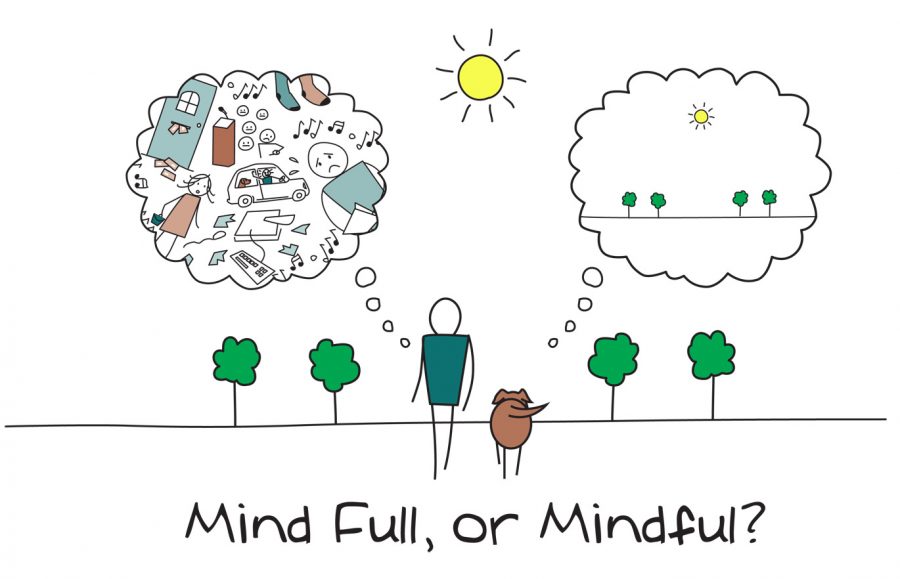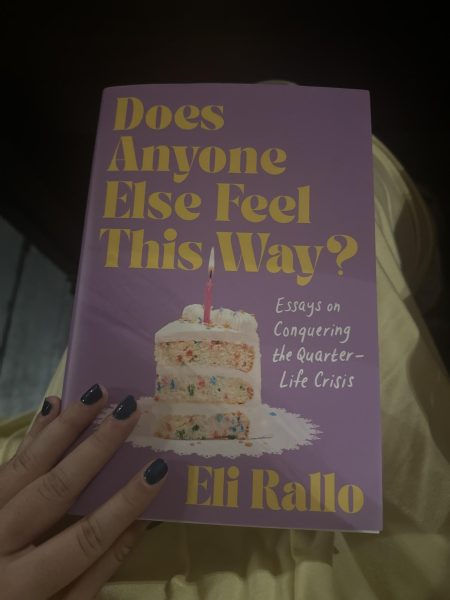CWC Mindfulness
Four-Week Meditation Course Offered at MMC
I attended the Mindfulness MMC meditation course this semester and I highly recommend it. The CWC will be having a once a week, four-week course again next semester. Four Thursdays in a row for 1 hour, I went to the Multi-Faith Center to relieve my stress and feel better about everything that was overwhelming in my life. The course consisted of various breathing exercises and body scans. Body scans are guided or unguided meditations that require you to focus specifically on a certain noise, smell, or body part that will keep you connected to reality.
Mindfulness, by definition, is “a mental state achieved by focusing one’s awareness of the present moment, while calmly acknowledging and accepting one’s feelings, thoughts, and bodily sensations, used as a therapeutic technique.” The point of mindfulness is to be aware of your thoughts and how you feel. When you are successfully able to distinguish when your thoughts are taking you away from your original thought and you can become focused again, then you have achieved mindfulness. It’s definitely not something that should come naturally to you, because it will take some practice.
Suzanne Sorrentino, CWC Staff Clinical Social Worker, led the 4-week course. The course began with introductions of ourselves. Who we were and reasons as to why we were there. There were immediately resounding responses of it being an opportunity to offer stress relief, and or anxiety relief. Some students participating in the course wanted to further their knowledge of mindfulness and meditation, as they had already been practicing prior to the beginning of the course. Mrs. Sorrentino recommended we keep a practice log to keep ourselves motivated and on track to become more experienced in the mindfulness practice. On the logs, we were to put how long we practiced each day, what we did and how it benefited us positively.
My personal favorite to practice was the body scans right before I went to sleep each night. These, in turn, would help me fall asleep easier. At the beginning of each class, we would start off with a body scan to “get into the zone”, and then we would try a new breathing exercise. The breathing exercises we tried included one where we stood up picked our legs up and down quickly and “flapped” our arms to get our heart rates up. The purpose of this exercise was to get us aware of our breathing and its patterns. Another exercise we did was to become aware of our steps and a regular activity we do each and every day. We walked back and forth across the room slowly, using the tops and heels of our feet to take small steps. In doing this, we all managed to focus on different things. Some focused on how they became unbalanced, some on how their steps were paced and different than everyone else’s.
On the last day of the course, we were given a raisin. Mrs. Sorrentino guided us through what we were to do. We focused on how the raisin felt in our hands, how it tasted in our mouths and how it felt after we swallowed it, going down our throats. The point of this exercise was to have us focus on things we often take for granted. For example, how things often feel, taste, or even smell. This is mindfulness in a nutshell. The things we do every day without a second thought, like brushing your teeth, can be exhibited as a mindfulness activity. You become aware of the present moment and become absorbed in it. This course was wonderful and I feel I really benefited from it.

My name is Gabrielle Fiorella. I am a senior double majoring in Digital Journalism and Cinema, Television and Emerging Media with a minor in International...






